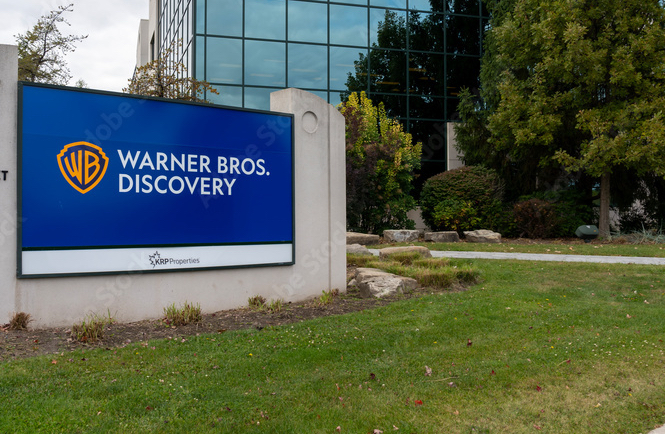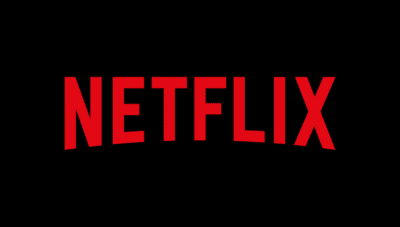
Subscriptions as a Competitive Weapon: What New Research Tells Us About Wallet Share
![]() If you want to understand how subscriptions shape customer behavior—not just during the subscription period, but long after—it’s hard to find a better test case than restaurant delivery.
If you want to understand how subscriptions shape customer behavior—not just during the subscription period, but long after—it’s hard to find a better test case than restaurant delivery.
That’s the approach a team of researchers from the University of Maryland, Cornell, Emory, and UBC took in a new July 2025 study. By analyzing how consumers behaved before and after signing up for Postmates Unlimited or DoorDash DashPass, the researchers uncovered powerful evidence of how subscriptions affect spending, loyalty, and competition.
While the focus is restaurant delivery, the implications extend far beyond food. This is a rare, real-world look at what subscription programs actually do: how they drive growth, shift wallet share, and change customer habits in ways that last.
A Data-Driven Look at Subscriber Behavior
The study followed nearly 65,000 U.S. consumers over 29 months, tracking credit and debit card activity across delivery platforms, restaurants, groceries, and more. By matching subscribers with similar non-subscribers and observing how behavior changed over time, the researchers were able to isolate the effect of joining a subscription program.
They didn’t rely on a snapshot or survey. Instead, they used a cohort-based model to follow groups of customers through time—before, during, and after subscription signup.
The result is one of the most comprehensive analyses to date of how subscriptions influence actual consumer behavior in the market.
What They Found
-
Subscriptions drive a major lift in spending. Customers increased their spending on the subscribed platform by an average of 85 percent, driven primarily by more frequent ordering—not larger orders.
-
The lift continues after cancellation. Even churned subscribers spent more than their matched non-subscriber peers, suggesting that subscriptions help form lasting habits.
-
Subscriptions don’t just grow revenue—they reshape behavior. The biggest changes occurred among “multihomers,” or customers who already used multiple delivery apps. After subscribing, they shifted their spend toward the subscribed platform and away from competitors. In contrast, first-time or single-platform users increased their spend across the entire category.
-
Category expansion vs. competitive displacement. Subscriptions served different roles depending on the customer segment: expanding the total market among new users, and capturing wallet share from competitors among active ones.
-
Little cannibalization of adjacent categories. Subscriptions did not reduce spending on grocery, in-store dining, or meal kits. Instead, they contributed to overall growth in food spending.
-
Mature markets behave differently. Consumers who had already subscribed to one service (e.g., Postmates) did not expand their spending when they signed up for a second subscription (e.g., DashPass). In those cases, the effect was mostly redistributive—shifting wallet share between providers.
INSIDER TAKE
This research offers subscription executives a rare window into how subscription programs affect customer behavior at scale. Beyond retention and revenue, subscriptions can drive habit formation, competitive advantage, and even post-churn impact. The findings are a reminder that subscription models are not just pricing tactics—they are behavioral engines.
Here’s what subscription leaders should take away:
✅ Subscriptions change customer behavior
Even after cancellation, subscribers continue to spend more than non-subscribers. This suggests that subscriptions create habit loops, reduce friction, and strengthen brand preference—delivering value well beyond the billing period.
✅ Know who you’re targeting
Subscriptions expand the category among new users and shift wallet share among experienced customers. The value proposition and positioning should reflect whether you’re aiming for growth or competitive displacement.
✅ Multihomers are key to taking share
Customers already using multiple services showed the largest shift in share-of-wallet. Targeting these users with well-timed offers can redirect spend away from competitors.
✅ Geography matters
The impact of subscription programs was stronger in markets where the focal platform already held significant share. Geo-targeted acquisition strategies can enhance performance and ROI.





